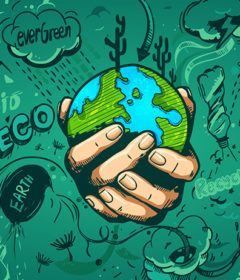Activism vs Slactivism
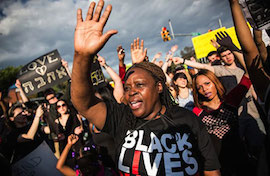
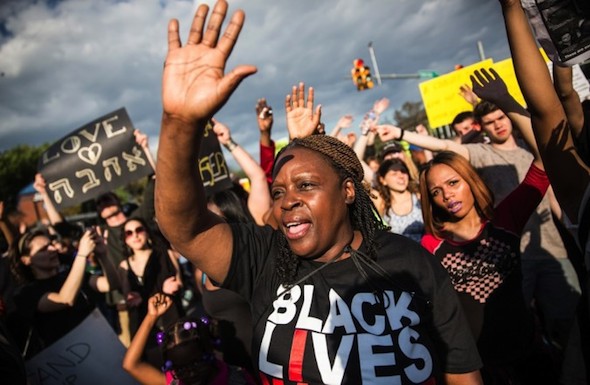
by Veronica Faison
“When I was a kid, I walked to school in the snow, uphill, both ways.”
We have all heard this saying, probably from a Baby Boomer we love—perhaps from a father or uncle—in a reprimand we didn’t ask for. We, as Generation Y, are constantly accused of being entitled, apathetic and ultimately, lazy.
The Baby Boomers, lived through a unique set of circumstances. Born with fervor for social progress, adolescents who grew up in the 1960s and 1970s were children of protest: noble activists and defenders of social justice, or, as older conservatives called them, hippies in desperate need of a haircut and a real job.
Despite this negative association with ’60s youth subculture, these “hippies” participated in movements that would engender great and necessary changes in society by establishing a greater sense of equality for racial minorities, women, the disabled and many other oppressed groups. But here we are, 40 years or so later, and the times, they are a’changing. The Baby Boomers gave birth to the hardworking Generation X who hung up their parents’ flower crowns for pressed suits and mortgage payments, and the hippies of the past are raising hipsters of the future.
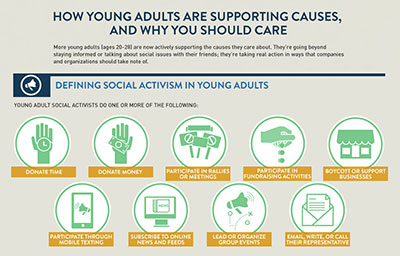
The advent of the Internet revolutionized the nation by offering immediate connectivity. Its capacity for globalization allows us to send and see messages from all over the nation and all over the world. With decent Wi-Fi, we can instantly share a picture of our pumpkin spice lattes with a friend in England. With decent Wi-Fi, we can do almost anything. In the ’60s and ’70s, protests and marches were used to share political messages to a large audience, but now, with the Internet, we can share messages with the tap of a finger—instantly—where the entire world is “our friend.”
Via social media, ’90s kids—the youth subculture of 2015—have the unique ability to raise political awareness, spread information, and, metaphorically, stand on a platform where their voices can be heard. Armed with Tweets instead of picket signs, social media has become Generation Y’s Woodstock (maybe a bit less sex-crazed and drug-induced, but just as powerful.)
Ironically, the same Baby Boomers who dedicated their youth to social progress have transformed into the older, conservative contrarians they vowed never to become. It’s one thing for Generation X to criticize us—they grew up in a time that emphasized contentment—but the same Baby Boomers who were told to “get a real job” by the elders of the Silent Generation now tell us to get off our phones.
They argue that today’s youth are lazy, isolated, and unaware of the world around them. They complain, and even mock, our Internet-based political activity as merely “slactivism.” We are just superficial computer hacks writing hashtags instead of taking action. Offering a thumbs-up “like,” or even a thumbs-down “dislike,” critics say, will not end an injustice or promote real change.
Here’s where we disagree.
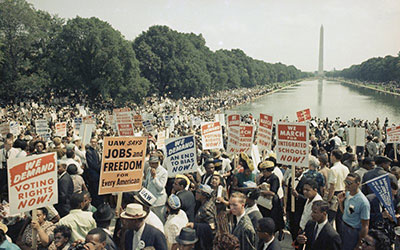
Yes, we’re addicted to technology, and, admittedly, a little lazy. However, “slactivism” is anything but inefficient. Tweeting #blacklivesmatter may be less noble or heroic than the 1969 March on Washington, however, social media slactivism is much more accessible, allowing a wildfire spread of information that is much more effective than the antiquated methods of the past. Social media has made public polling more accurate, more accessible, and more reliable than ever. Media has raised millions of dollars for diseases such as ALS or AIDS. Facebook was even used to submit questions in the most recent Republican primary debates. All of these efforts were either impossible during Generation Protest, or would have taken significantly more time to accomplish.
The truth is, slactivism is lazy relative to the protests of old. However, by that token, the ability to be politically active is significantly easier than it once was. It is much simpler to click a button than to join a march or protest. Using social media to promote causes is the most effortless way humans have used to bring in awareness, money, and, as the Arab Spring suggests, revolution. The White House even has an online petition forum where anyone can start a petition, and with enough support, get an official response from their government. That is direct democracy in action.
Although we accept that our generation works less than those before it, we are wise to use the technology available to us to make change. We do not accomplish less. In fact, we believe we can accomplish more. That’s what is significant in the end. Not how hard we try, but how much we accomplish.
Slactivism is here to stay, but it is not without drawbacks. Although we fervently believe that social media use has the potential to be more powerful than the protests and picket lines of the past, we do acknowledge that, just like the hippies of the ’60s were often “dirty and drugged-up,” current college student hipsters may be entitled and dependent—perhaps even hypocrites.
We cry out on Facebook about injustice in the workforce, yet we buy clothes from H&M, knowing that their fashionable clothes are cheap because of overworked child laborers. We tweet about environmental concerns, yet leave our chargers plugged into outlets we’re not using. We talk about social issues via the Internet, but don’t grasp just how privileged we are to have access to the Internet. We have short attention spans on important issues, we don’t vote and we think we know more than we actually do, just ask our parents. We must also admit that social media’s ability to spread information can also lead to the rapid spread of misinformation.
Slactivism is by no means perfect. But it has the potential to be nearly that if we make moves to uphold the values we have on our Instagram bios. If we mobilize our initiative, perhaps taking a note or two from the industrious Generation X, and finally start listening to the Baby Boomers we know and love, we believe we can use technology to build a robust democracy, honoring every individual’s right to have a voice, hipster or hippie.
James Russo and George Winsten contributed to this article.
Main image photo credit: Michael Lang and Henry Diltz, courtesy of Woodstock.com.



